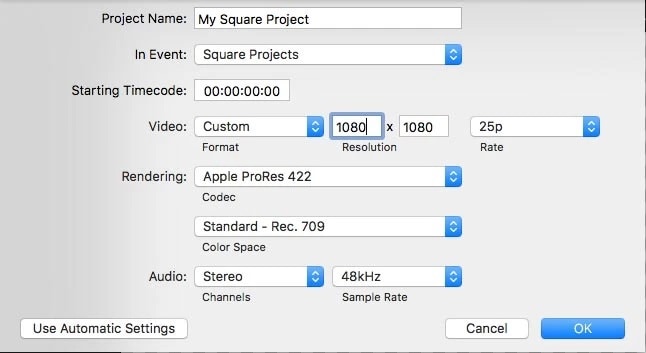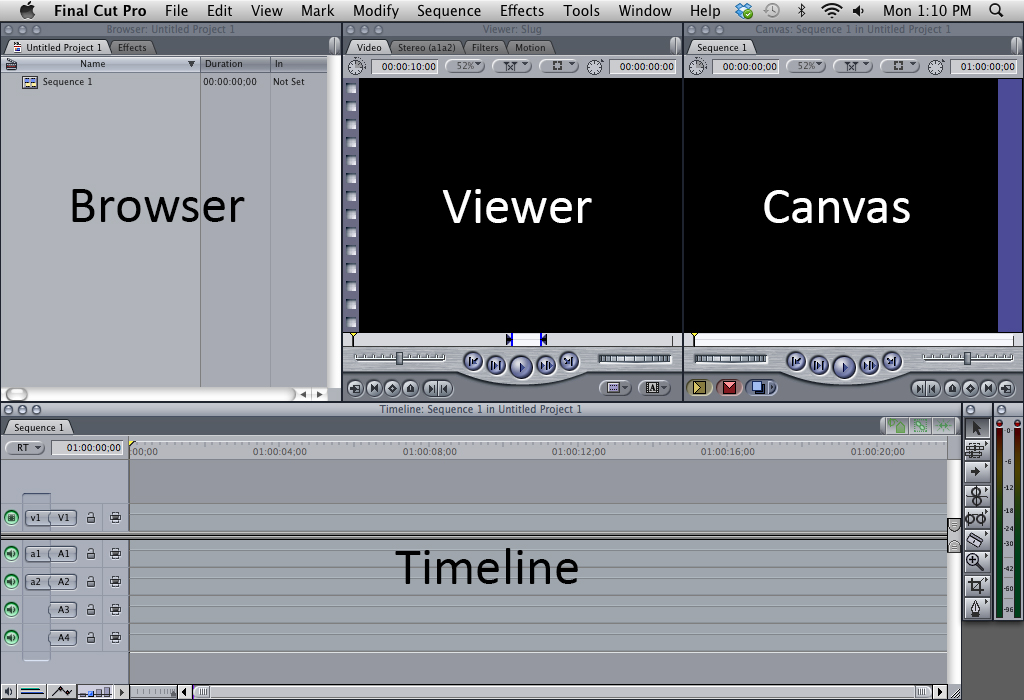

Monitor clip volume and pan using Audio Clip Mixer.Editing, repairing and improving audio using Essential Sound panel.Synchronizing audio and video with Merge Clips.Edit from sequences loaded into the Source Monitor.Find, select, and group clips in a sequence.Importing XML project files from Final Cut Pro 7 and Final Cut Pro X.Importing AAF project files from Avid Media Composer.Setting up your system for HD, DV, or HDV capture.

Use Premiere Pro in a dual-monitor setup.Best Practices: Create your own project templates.Open and edit Premiere Rush projects in Premiere Pro.Backward compatibility of Premiere Pro projects.GPU Accelerated Rendering & Hardware Encoding/Decoding.Hardware and operating system requirements.FAQ | New import and export in Premiere Pro (Beta).New import & export in Premiere Pro (Beta).So those 131.5 pixels are also being squeezed by that factor, which comes out as 99.47.
#FINAL CUT PRO 7 WIDESCREEN 1080P#
But, this 1080p image is already being compressed into an 817 high video frame, a squeeze factor of 1.322. That’s a difference of 263 pixels, so I initially thought I’d have to lose 131.5 from the top and the bottom.

Why 100 pixels? We have a 1080 high image, that we want to crop to 817 pixels high. If you’re not bothered about how I arrived at this figure then you can skip the rest of this paragraph. How much do we need to crop from the top and bottom of the image? It turns out the answer is 100 pixels from each side. trim just replicates the black bars of the Letterbox effect, rather than actually resizing the image. Then place the Crop effect inside the adjustment layer. As this has to be applied uniformly across the timeline, I apply an RT Adjustment Layer to the entire time line: Right, time to crop away the black bars we created in step 1 in order to have a truly 2.35:1 video. I wonder whether there is some setting somewhere to say “fit to one dimension”, rather than defaulting to having the entire image visible? In the absence of this setting, we will have to…Ĭrop the entire project. However, this alone does not produce the desired output, as the 16:9 aspect ratio video, with the black bars, is resized so that it fits in the new narrower frame in its entirety, producing this effect: Initially I assumed going for an even 818 might be best, but this leaves a tiny trace of black line at the top and bottom of the image at the end of the process, so 1920 x 817 it is. Maintaining a horizontal width of 1920, an aspect ration of 2.35:1 would produce a vertical height of 817.02127659574468. Under Video Properties, Format, select Custom. Bring up the project properties by hitting Command-J, or selecting the project and clicking the info tab in the inspector. Secondly, if you do ever have to output to a format that does not have native support for 2.35:1 (such as a DVD), then you can simply switch off steps 2 and 3 and have consistent-looking video regardless of what aspect ratios are supported by the delivery format.Ĭhange the aspect ratio of the project. So why do it? Firstly, because with the “offset” control it adds an easy, keyframe-able way to pan vertically within the image (without overshooting the edge of the cropped area). It just adds the black bars at the top and bottom of the image that we are going to crop away in the next 2 steps anyway. In theory, this step isn’t really necessary.


 0 kommentar(er)
0 kommentar(er)
